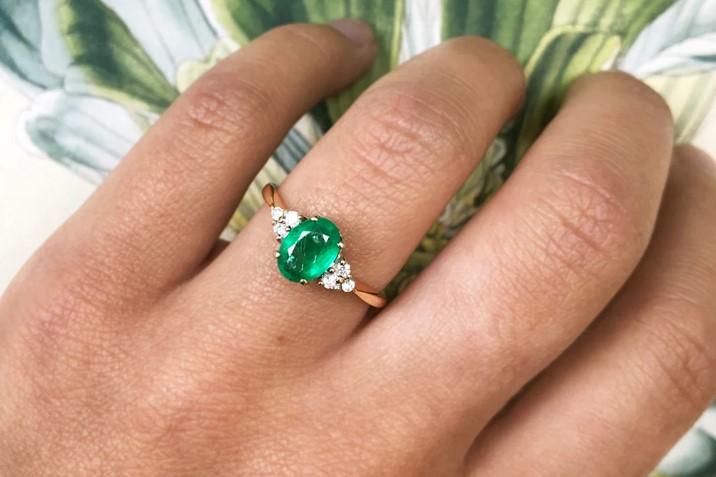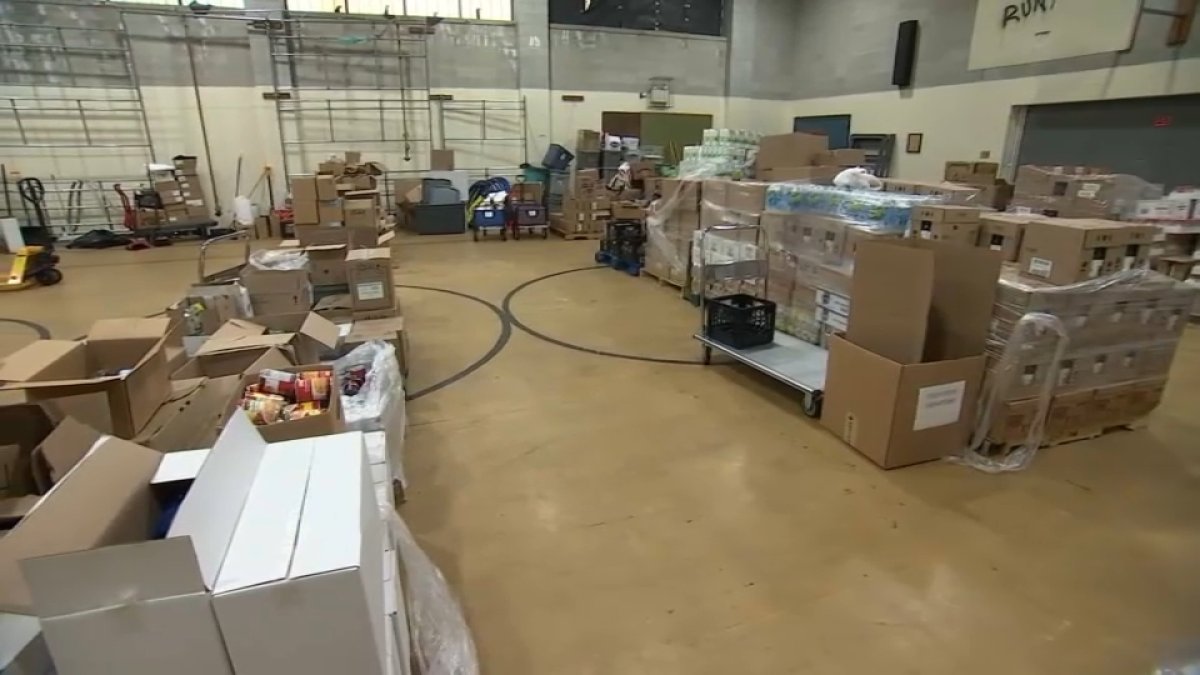
The Ipswich CBD was once the thriving epicentre of one of the wealthiest regional cities in Queensland — now, it’s anything but.
Key points:
- Ipswich was booming in the 20th century through mining and manufacturing
- Major department store Reids burnt down in Ipswich in 1985
- Ipswich City Council bought the city’s mall in 2009
“For lease” signs now plaster stores throughout the main streets, some of which have been deserted for over a decade.
For those who remember the CBD in its heyday, it’s a devastating sight.
“When I was growing up, the CBD was an absolute destination,” recalled local real estate agent and lifelong resident June Frank.
“On Saturdays, there were so many people, they used to have policemen standing on the corner to move people on because the crowds were so thick.
“Anything you wanted – anything – was in the middle of that CBD.”
For those born after its decline, it’s hard to imagine it ever reached such highs; begging the question: How did it get to its current state, and what can be done to return it to its former glory?
The CBD in its prime
Ipswich was booming in the 20th century with riches built off the back of coal exploration, limestone quarries and steam train manufacturing.
That money fed directly into the CBD.
Many residents didn’t own cars and couldn’t easily travel to Brisbane to go shopping.
And many didn’t need to – the city’s largest department store Cribb and Foote, which later became Reids, provided everything locals needed.
That was until it burnt to the ground in 1985, when locals say the culture of the entire CBD changed.
‘The heart of the town went’
About 1:30am on August 17, 1985, emergency crews were called to the corner of Bell and Brisbane streets.
When they arrived, the store was engulfed in flames and the blaze was so intense more than two dozen firefighters and police officers were called in to fight it.
Little but brick and rubble was left behind when the fire was extinguished.
Cultural historian Toni Risson said the heart of the CBD was lost that night.
“It was very much the hub of the city that department store,” she said.
“People say the heart of the town went when Reids burnt down.”
Ms Frank said it’s a memory etched into residents’ minds.
“That was really the heart gone out of the middle of Ipswich. And it’s never really recovered, I don’t think,” she said.
“It became a shell of a place.”’
Though the Reids blaze is believed to have been the beginning of the end for the Ipswich CBD, many argue what followed was the final nail in the coffin.
Foreign investors snapped up buildings across the CBD, demolishing original brick structures to erect new cement ones.
Long-term resident and former business owner Peter McMahon said, at the time, people thought it was “the greatest thing that had ever happened”.
“But it was just so wrong,” he said.
“The whole mall was crumbling when they bought in, and it continued that way after they came.
“The retailers withdrew spasmodically, and it became a shell of a place.”
Shopping centres hurt the mall
Ipswich City Councillor Marnie Doyle said that’s when the city “lost its heart and soul”.
“There wasn’t that investment in the properties here or the attraction of tenants to the area,” she said.
“That’s not only led to the decline in Nicholas Street and what was Ipswich Mall, but the buildings throughout the CBD.
“[It became a place that] people just didn’t want to come to. It wasn’t a nice space.”
At the same time, suburban shopping centres were being erected across Queensland.
In Brisbane, the Indooroopilly mall became the largest in the southern hemisphere when it was first opened in 1970.
“That’s always been a big draw card out of Ipswich,” Ms Frank said.
“It had everything. There was the Myer, it was air-conditioned, it had parking. How could you ever compare Indooroopilly to anything else?”
Looking forward
The council purchased Ipswich Mall in 2009, with the bill for upgrades now totalling more than $290 million for ratepayers.
New retailers, restaurants and cafes have finally opened their doors in the past 12 months, with more on the way.
And by all accounts from residents and council, things are looking up.
“You can really feel change is in the air,” Cr Doyle said.
Ms Risson said although the CBD may never return to its former glory, it is starting to regain its charm.
“You do wonder what the town would be like today if we hadn’t lost some of those early original buildings and if Cribb and Foote didn’t burn down,” she said.
“I guess we’ll never know.
“[But] the lives we live now are very different even just 50 years later and I can’t imagine what it’s going to be like in the next 50 years.”

/cloudfront-us-east-1.images.arcpublishing.com/gray/TAXROKCH5ZC2XG25VM5QIDVAWU.jpg)





